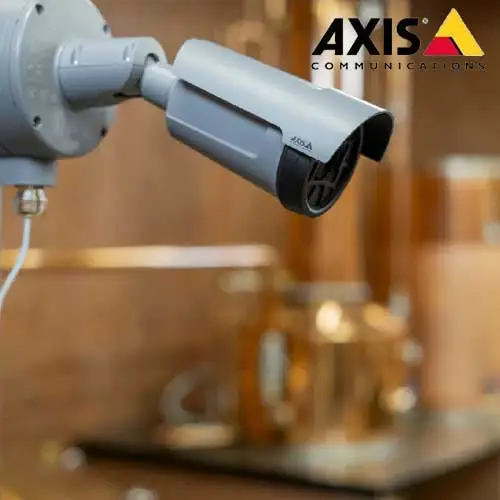Future Trends in Security- Behavioural Biometrics

Umesh Khandelwal, General Manager - IT/CIO, Diakin India
Mobile technology and networks have developed to the point where the Internet of Things is about to go mainstream and interacting with it from your personal device is a big part of that. You can check whether you have milk in the refrigerator or change the route of your self-driving car, as the lines between the physical and tech worlds continue to blur.
Today we use pin codes and fingerprint sensors to unlock devices. But is the password dead? What will we use to protect data privacy? Unfortunately, cyber criminals found ways to crack passwords, so the security granted by traditional ways is no longer valid. Wireless tokens and behavioural biometrics will grow in popularity.
Standard biometrics are already being used, and rely on a part of the body, such as fingers, however technology that recognizes its user based on his voice, typing speed or keypad pressure is yet to be released. Not only we will benefit from reduced fraud risk, but also increased user experience.
According to a report, the chatbot market is expected to reach $1.23 billion by 2025, and an annual growth rate of 24.3%. Soon exchange of emails and any manually performed task will become history. Everyone will be using chatbots to handle conversations regarding information that can be easily obtained by using an AI infused system. Bots will simply replace any manual performance; therefore customer service costs will also be reduced.
Effective display of data and content on your mobile user interface is important for a sound user experience. Successful mobile application companies, such as Houzz, Instagram and Pinterest, have developed new patterns depicting intuitive designs and interactive interfaces.
Designers are also creating apps that can accommodate mobile challenges, such as partial user attention and interruption. Apps should exploit technologies with novel features such as interactive content layers, circular design pattern, cards and manipulation of content. These features create an “augmented reality” by allowing the users to interact with the content in further detail.
Possibly the most striking factor about the development of mobile technology is how much more it will blend in with our daily lives. A good example of this is the Internet of Things, a term used to describe a network of devices that have electronic functions and are connected to the Internet.
Self-charging phones are on their way. Apple made it possible for us to listen to music without relying on cables and messy inconvenient devices. Since wireless headphones already exist, it is only a matter of time until wireless batteries will become mainstream.
Nobody disputes the fact that mobile technology has changed our lives, and the industry is outpacing any other in terms of rate of growth, online technology included. Being able to take care of daily tasks while on the go is now wholly taken for granted.
See What’s Next in Tech With the Fast Forward Newsletter
Tweets From @varindiamag
Nothing to see here - yet
When they Tweet, their Tweets will show up here.






























